Image Credit: Residential Energy Assessment Services
Image Credit: Residential Energy Assessment Services REAS celebrated the grand opening of Zenergy House in early April. In addition to sealing and insulating the shell, the company installed energy efficient appliances, thermally protected light fixtures, and CFL lamps, and also reduced the number of light fixtures by 30%.
While homeowner anxiety and impatience are almost inevitable side effects of major remodeling projects – including (or perhaps especially) whole-house energy efficiency retrofits – builders, remodelers, and even government agencies have been exploring ways to help homeowners feel at least a little less overwhelmed by the process.
One approach, taken recently by Los Angeles-based consulting, auditing, and training firm Residential Energy Assessment Services, is to complete a prototype project that combines the Home Performance with Energy Star program with environmentally sound design and construction. The REAS prototype, called Zenergy House, is being used not only to demonstrate the home’s improved performance but also to help illuminate the steps, in a comprehensive, straightforward way, that homeowners need to take to bring their green retrofit project from audit to design to completion.
As GBA Advisor Martin Holladay noted in his roundup of top energy efficiency news stories of the past decade, the Home Performance with Energy Star program, introduced in 2001, is intended to guide homeowners toward contractors in their state who are licensed to perform both energy efficiency audits and retrofits. REAS is a member of the California Building Performance Contractors Association, which is Home Performance with Energy Star’s sole partner in the state and helps both train contractors to perform energy efficiency retrofits and refer homeowners to member contractors. (One of CBPCA’s slogans: “Eat your energy efficiency vegetables before your renewable-energy dessert.”)
Old bones, new efficiency
Zenergy House, which is located in Studio City and was officially unveiled on April 2, is a transformed 2,450-sq.-ft. three-bedroom, three-bath built in 1950. The REAS audit included blower door and duct blaster tests, and infrared-camera diagnostics, all of which prompted a range of upgrades: replacement of the home’s two three-ton air-conditioning units and two furnaces with a single three-ton cooling unit and combined hydronic heating system; replacement of the original air ducts (which showed 20%-plus leakage) and conditioning of the duct crawl spaces; repair of the leaky roof and sealing and insulation of attic spaces; replacement of inefficient windows with dual-pane, aluminum-clad low-e wood windows; installation of energy efficient appliances, thermally protected light fixtures, and CFL lamps; and installation of a 12-panel solar array with a 2.4 kWh capacity that REAS says brings the home’s performance to net zero energy. Solar also powers the water-heating-and-filtration-pump system for a swimming pool on the property.
The upgrade was completed without expanding the home’s original footprint or its single-story design. Tammy Schwolsky, REAS CEO and director of energy efficiency, told GBA in an email that the existing exterior walls have R-13 batt insulation, while the three attic areas were brought up to R-38. The thermal resistance in the inaccessible vaulted roof areas is estimated to be R-19.
Even though a few recent retrofits have aimed for the energy efficiency extremes of the Passivhaus performance standard, Zenergy House is helping keep the benefits of the Home Performance with Energy Star program fresh in our minds and, it is hoped, will be source of motivation for homeowners contemplating home-retrofit projects.
Schwolsky says REAS has not estimated the overall cost of this “eco-literacy” project, mainly because the number of corporate sponsors that contributed equipment and expertise to the upgrade – 72 companies in all – makes attempting such a calculation with any accuracy unusually difficult.
Update: May 1, 2010
Shortly after various sources reported on the Zenergy House retrofit, U.K.-based technology news and opinion website The Register presented its own commentary about the project, including a critique of the home’s overall energy efficiency.
The Register asked REAS to verify the basic functional characteristics of the building’s hydronic heating system and asked how much gas is used and whether gas usage was factored into the home’s net-zero-energy performance goal. The home uses gas for heating, the stove, clothes dryer, and fireplace. REAS pointed out that the NZE goal applies to the building’s electrical usage only, and that, from December through March (L.A.’s heating season), the home’s gas usage averaged 85 therms a month.
The Register then offered the following observations and source links:
“Eighty-five therms is the same as 2,491 kilowatt-hours per month. A normal household in the Western USA, according to the US government, uses 77 million British Thermal Units annually – which is the same as 1,881 kilowatt-hours per month. The Zenergy house uses a third more energy than the regional household average, and one may note that by American standards it is by no means large (3 bedrooms, 3 bathrooms).
“Not only is the house not zero-net-energy, it actually seems to be something of a power hog as American houses go.
“REAS are being more than a bit cheeky with their use of words here, but they don’t make any serious effort to obscure the real nature of the ‘Zenergy’ project – which is no more than massively overhyped marketing for new heating installations, AC units, loft insulation and so on.”
Since The Register compared a therm monthly average for homes in the western U.S. over an entire year (based on data compiled by the Energy Information Administration for selected years from 1978 through 2005) with Zenergy House’s therm monthly average for only the four coldest months, we asked REAS if it had projected Zenergy’s average therm usage for April through November, which would factor in L.A.’s mild-to-hot weather and provide a full-year average.
Schwolsky replied that the company’s computer modeling calculations indicate that, on an annual basis, the home’s natural gas usage should average about 43 therms a month. She also noted that data provided by Southern California Gas Company shows the average household in the L.A./San Fernando Valley area averages about 60 therms a month over the course of a year.
Schwolsky said that REAS plans to continue track gas and electricity usage data through November with the systems as is, then will install a solar thermal system to help provide hot water for space heating. More tracking will follow.
Weekly Newsletter
Get building science and energy efficiency advice, plus special offers, in your inbox.

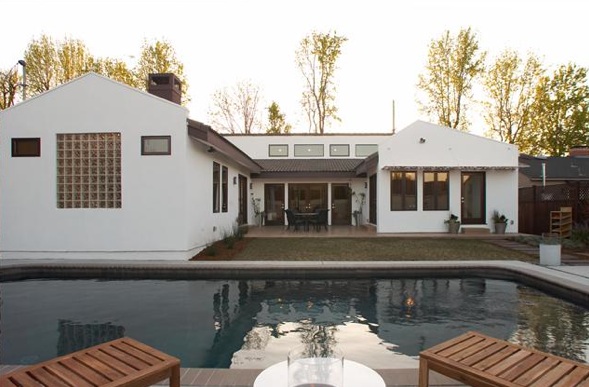




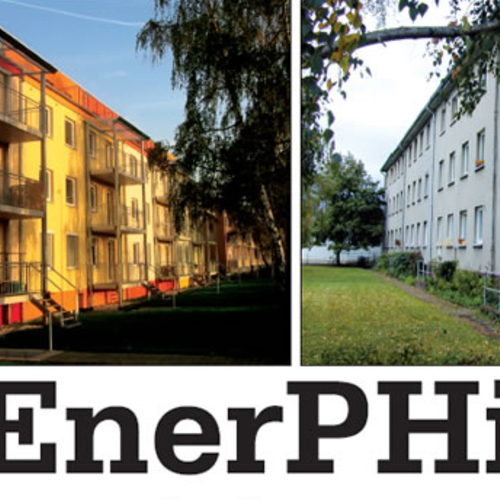
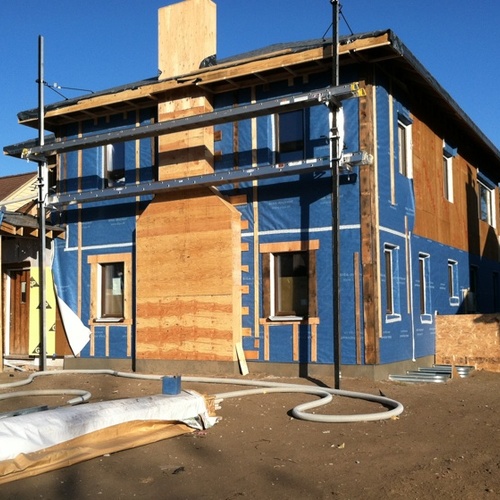
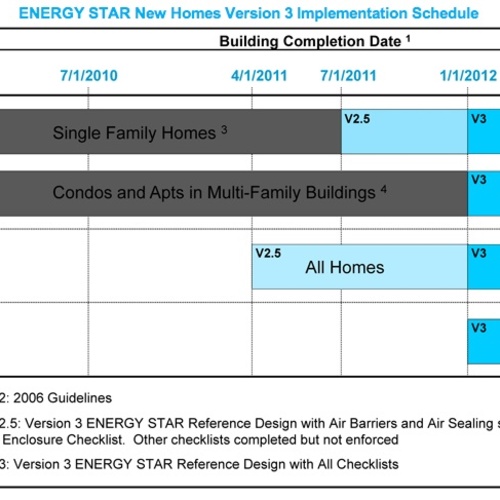
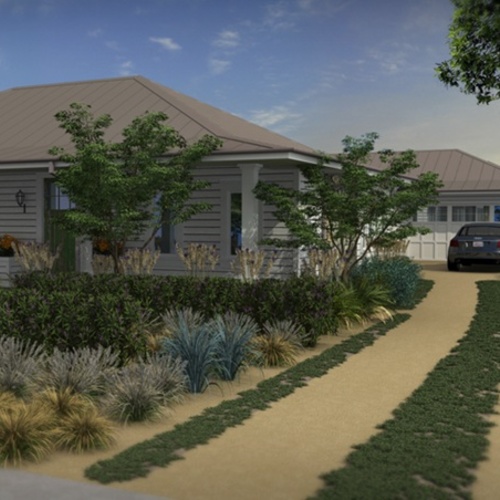






One Comment
Eco home assessments
Hi,
Wonderful info... Pics are superb...
Your new Eco-friendly home could feature the latest energy-efficient and 'green' technologies,
including wind, solar and geothermal power.The greatest advantage is healthy living.
Log in or create an account to post a comment.
Sign up Log in